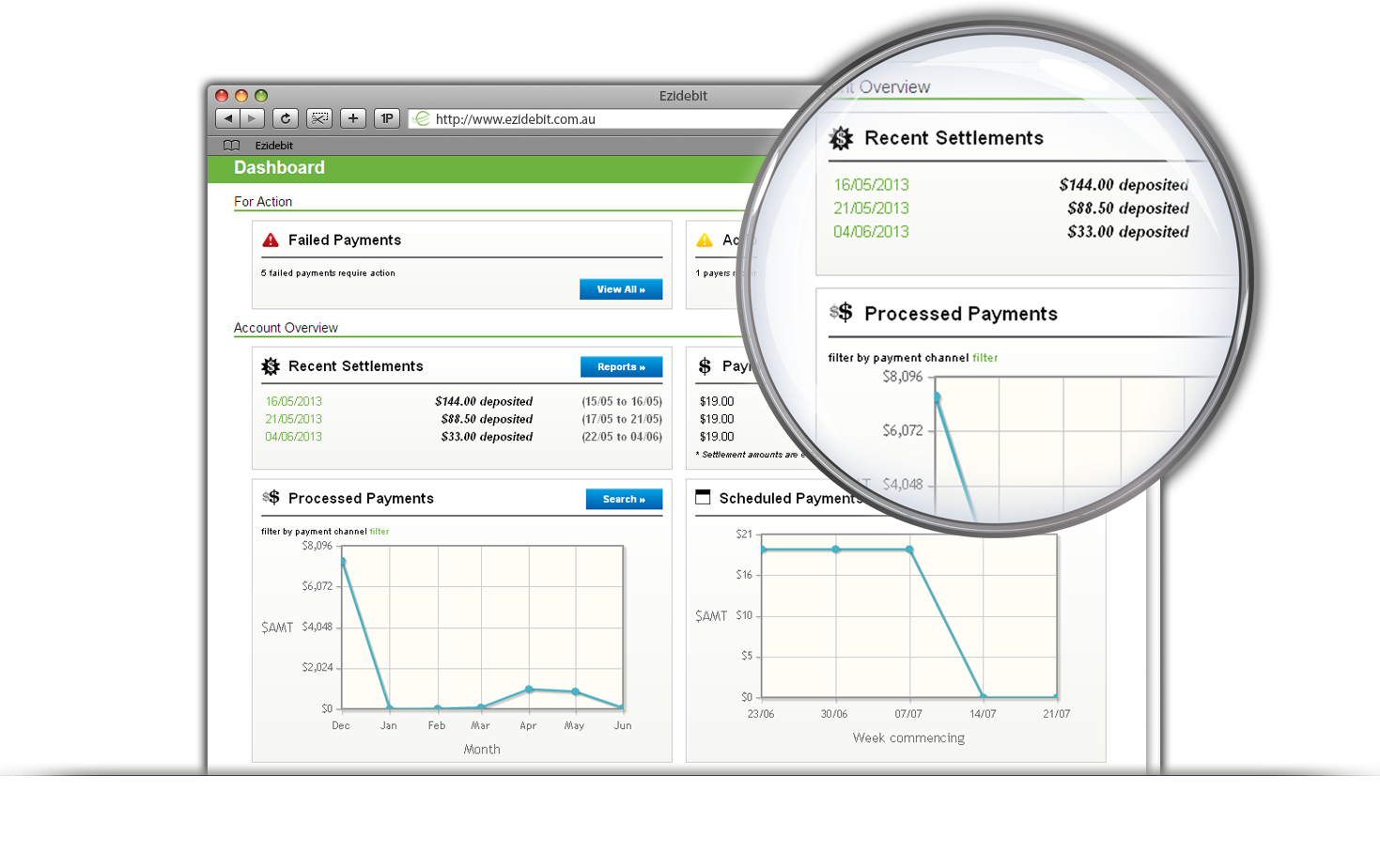Does your business need a mobile site
First impressions are important
Your customers and prospects are on the move and often in a hurry. And it’s likely they’re on a mobile device while looking for products or services online. This means it’s vital you have a well-designed and well-written mobile site to make a great first impression. Without one, you could be losing valuable sales. It’s estimated that 57% of mobile users will leave your website if doesn’t load after three seconds. And 30% of users will abandon a purchase if the shopping cart isn’t designed for a mobile device.
A mobile site is a great way to quickly introduce your brand and offering to people. If you then decide your customers could benefit from a mobile app, you can look at going down that path too.
Think about what your customers need
Rather than think about mobile sites or apps as tools to choose between, consider the needs of your customers first. What will be most beneficial to them? Consider where, when, how and why they want to interact with your business. This will help you decide whether you need a mobile site as well as a mobile app.
How are mobile sites and apps different?
An app is a piece of software created for a specific purpose. It’s built for a certain type of device or mobile platform.
Apps are usually downloaded by customers once they have an idea about your product or service. If an app has useful content, is easy to use and provides clear benefits, it will give your customers a reason to keep using it. You can form a valuable relationship.
A mobile website is just a version of your website viewed on a mobile device. In the early days of mobile technology, most businesses had two versions of their site: the desktop version and the mobile version. This was popular for awhile but it started to cause problems and was costly to manage.
Today, well-designed websites are built to be mobile-friendly or ‘responsive’. A responsive site adjusts seamlessly to work on mobile devices, tablets and desktops. For example, large images that are unnecessary on a smaller device may be hidden. Menus only display when a menu button is selected. Other on-screen elements may be neatly stacked on top of one another when viewed on smaller screens.
Mobile sites and mobile apps have different purposes. You need to understand these before deciding where to invest your time, energy and money.
The advantages of a mobile site
Mobile websites are used more by customers and prospects who are engaging with you for the first time. Or they may be early on in the buying cycle at the ‘just looking’ stage. Here are some advantages:
- You can reach a broader audience
Every mobile user has access to a mobile browser. So any new customer or prospect using a search engine will be able to find your business. - It’s easy to publish and update content
With a mobile website, it’s easy for you to make updates and changes to your content. This can be done using your website’s content management or publishing system. Changes and updates can be instant. Apps often take longer to update. - Mobile sites are available across multiple devices
A mobile website works on any device. You don’t need to create and maintain a different website for different browsers or platforms. - You have flexible design options
You don’t need to comply with the standards, guidelines and requirements of an app store or marketplace. You just need your website, a domain name (URL) and web hosting.
The advantages of a mobile app
Remember that mobile apps are more likely to be for people who already know something about your business. They usually have a good idea who you are and what you offer. You’ve given them a good reason to download your app. Here are some advantages of apps:
- Your customers can focus on a specific task or purpose
Think about the common tasks your customers perform, for example, buying food, checking their account or browsing products. An app can provide a clean and simple interface that lets your customers do this quickly and easily. Plus, it provides you with a direct and uninterrupted marketing channel. - You can provide a customised or personalised experience
An app collects lots of information about your customers. This makes it easier to offer them personalised communication based on their interests, location, usage, contacts and more. - Apps handle complexity well
Apps are perfect for calculations, charts or reports for your customers. For example, an app can quickly provide financial history, fitness reports or listening recommendations. - Your customers can use an app offline
Apps provide your customers with access to your content or functions without an internet connection. So for instance, your customers can still read articles, listen to podcasts or browse product catalogues while offline. As soon as they’re back online, the app can then pass the stored information to your server or database. - Quick to serve up content
A well-designed mobile app performs actions much faster than a mobile website does. Apps usually store data on the the mobile device, in contrast to websites that generally use web servers. This means that mobile apps send and receive customer data swiftly. - Extra functions are available
A mobile app can be designed with a lot of elaborate functions. These are based on the gestures people use on a mobile device. Examples are ‘tap,’ ‘swipe,’ ‘drag,’ ‘pinch,’ ‘hold,’ and more.
Mobile sites and apps have some shared advantages
Whether you focus your attention on a mobile site or a mobile app, both offer some great functions. Whatever you do, make sure customers can easily:
- Buy from you
If you have an online store, your mobile site or app should provide an easy purchasing process. - Find their way around
Always make sure your customers can achieve key tasks quickly and easily without frustration. - Call you
Let customers call your business with one click or tap. - Find you on a map
Make it easy for customers to get directions to your business without searching or typing your address. - Check your opening hours
Business hours can be a selling point so display them prominently. If you’re an early-morning coffee shop, for example, you want parents to know you’re serving, when their kids get them up. - Sign up for alerts and emails
Provide a quick and easy way for people to sign up for marketing lists and loyalty programs. - Share your content
Make sure your social sharing buttons are prominent so that users can easily share your content.
Think about your business goals to get the most out of mobile
Your business may already have a mobile site and possibly an app as well. If you haven’t created a mobile site or an app, now’s the time to start. Like any business investment, some fundamental questions still apply:
- What are your business objectives?
- What do you want people to do when they find your business on a mobile device?
- What do you need to provide to get new customers or prospects to take that action?
- What are the pros and cons of a mobile app and mobile website for your business? Make two lists.
- What are the costs and benefits for your business of each?
Mobile usage surpassed desktop computer use years ago. Now it’s not just about having a mobile plan in place – but about how fast you can implement it. The mobile marketing landscape is complex. But with a solid plan that fits your brand, and by working with the latest technologies, you can gain a competitive advantage.






